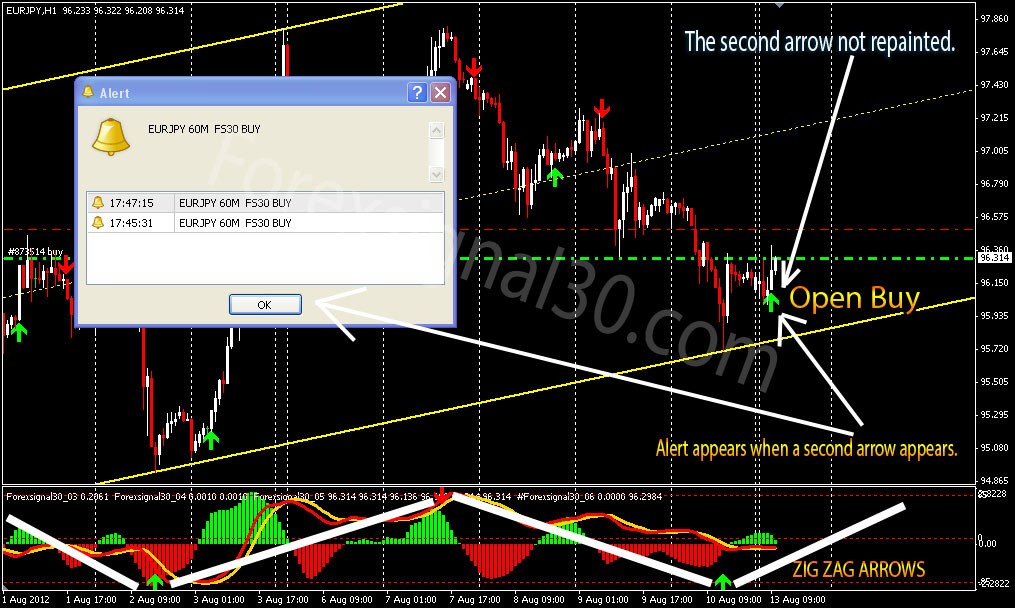Schaff Trend A Faster And More Accurate Indicator_1
Post on: 16 Март, 2015 No Comment

The Moving Average Convergence-Divergence (MACD) indicator is one of the easiest and most efficient momentum indicators you can get. It was developed by Gerald Appel in the late seventies. The MACD moves two trend following indicators and moving averages into a momentum oscillator by subtracting the longer moving average from the shorter moving average. The result is that the MACD gives the best of both worlds: trend following and momentum. The MACD is continually changing above and below the zero line while the moving averages come together, cross and diverge. Traders can search for signal line crossovers, centerline crossovers as well as divergences to generate signals. For that reason the MACD is unbounded, it is not necessarily useful for identifying overbought and oversold levels. Note: MACD is pronounced as either MAC-DEE or M-A-C-D. Take a look at the sample chart with the MACD indicator in the lower panel:
Calculation
The MACD Line is the 12-day Expotential Moving Average(EMA) minus the 26-day EMA. Closing prices are used for these moving averages. A 9-day EMA of the MACD Line is plotted with an indicator to function as a signal line and identify turns. The MACD Histogram denotes the difference linking MACD and its 9-day EMA, the Signal line. The histogram stays positive when the MACD Line is above its Signal line and negative when the MACD Line is below its Signal line. The values of 12, 26 and 9 are the typical setting used with the MACD, but other values can be exchanged depending on your trading style and goals.
Interpretation
The MACD is about the convergence and divergence of the faster and slower moving averages. Convergence occurs when the averages move towards each other. Divergence occurs when the averages move away from each other. The shorter moving average is faster and more responsive. The longer moving average is slower and less reactive to price changes. The MACD Line moves above and below the zero line also known as the centerline. The direction, of course, depends on the direction of the moving average cross. A positive MACD is when the shorter moving average crosses above the longer moving average. As the shorter moving average moves further above the longer moving average (diverges) this means the stock price upside momentum is increasing. When the short moving average drops below the long moving average, it demonstrates that the stock shows a downward momentum.
The yellow area shows the MACD Line in negative territory as the short line is below the long line. In this chart, the crossing occurred at the end of September (see the black arrow) and the MACD moved diverged further into negative territory as the short moving average moves further away from the long moving average. The orange area highlights the period of positive MACD values, which is when the short moving average moves above the long moving average. Notice that the MACD Line stayed below during this period (red dotted line). The red line means that the distance between the slow EMA and long EMA was less than 1 point, which is not a much of a difference.














